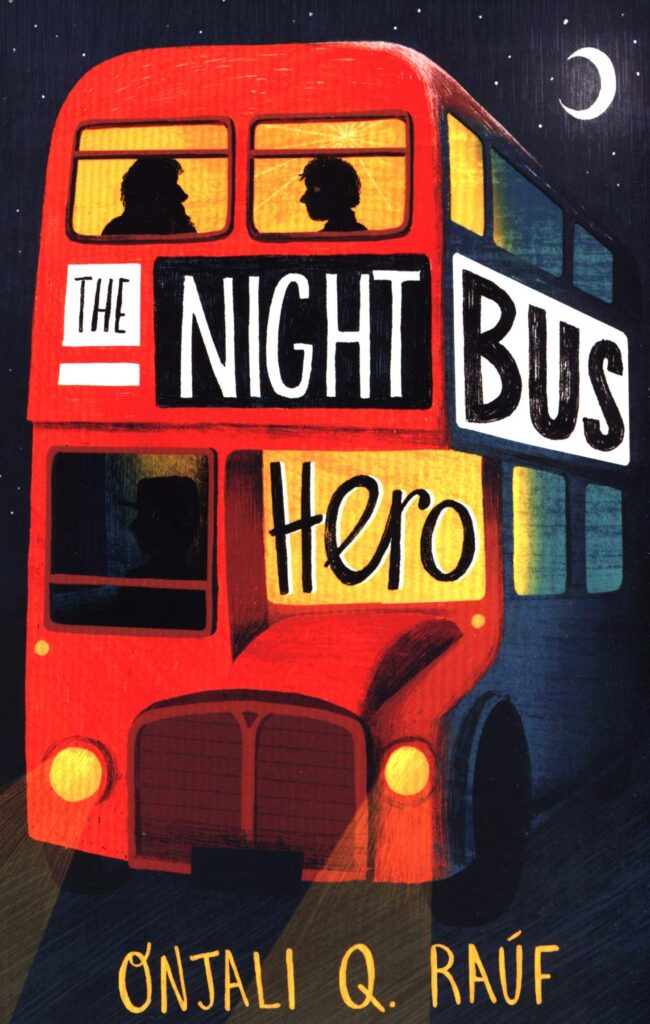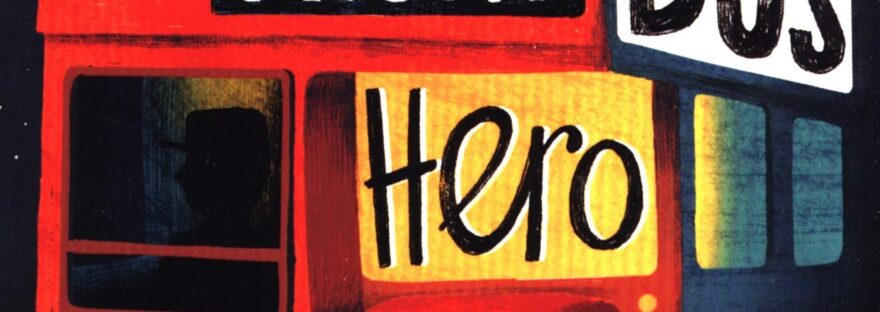By Onjali Q. Raúf (published by Orion Children’s Books, an imprint of Hachette Children’s Group)
I waited for him to shout and scream. But he didn’t. Instead, he took off his yellow hat and his shoulders began to shake. That was how I knew that he was crying.
‘How could you do that?’ asked a voice from behind me.
Hector is a bully. He steals from the other kids, and torments them with physical and verbal abuse. But then an act of revenge against Thomas, a local homeless man who dared to defend himself, goes very wrong and Hector realises he could get in serious trouble this time. Especially since it was witnessed by Mei-Li, the “teacher’s pet” from his class.
What starts off as an attempt by Hector to avoid the consequences of his actions turns into a thrilling adventure with Thomas and Mei-Li, featuring a daring thief, a case of mistaken identity, a secret code and a growing understanding of not just what life is like for the homeless, but the wildly different circumstances that can lead people to lose everything.
Hector is not your normal choice for a protagonist. Rather than someone who is boisterous and sometimes misbehaves, Hector is an actual bully. But it’s this choice that gives the story so much impact; his growth can be greater because of his starting point. I have to admit that this does make him a slightly difficult character to cheer on though, at least in the beginning!
He comes from a comfortable background, where his parents do positive work highlighting social issues, but aren’t around an awful lot. Raúf does not make this an “excuse” for his behaviour though; his bully friends come from different family dynamics, so the implication that bad behaviour is always the result of absent parents or broken homes is neatly avoided.
His partner in not-crime is Mei-Li, who helps at her father’s local soup kitchen and so acts as the connection between Hector and the homeless community. She is smart, but also brave and principled, and written with such passion that you can’t help but feel immediately supportive and defensive of her. The compassion she shows to the homeless is a welcome contrast to Hector’s sullenness.
Of course, Hector’s interactions with the community lead to personal growth. He is still frustrating, and thoughtless or hurtful at times, but he begins to understand how his actions affect others. Raúf handles his development in a very natural way, taking care to show gradual change without overwriting his actual character.
There is still a thief to be caught of course, and it’s a fun adventure that not only gets everyone involved, but kept me guessing right up until the end. I found myself having to go back and reread bits as my eagerness to know what happened next meant I kept accidentally skimming ahead! Despite the excitement, the adventure is also a way to bring everyone together so that a more important and sobering story can be told.
The backgrounds of the homeless characters such as Thomas and Catwoman, as well as Mei-Li’s, are so touching and all too real – they are stories you’ve read or seen a hundred times. You can really see the strength of Raúf’s research in them, which she talks about at the end of the book. For all that I talked about Hector, it’s the character of Thomas that for me really shines; he is by turns open but guarded, strong but vulnerable, a person not to be pitied but to be sympathised with. I genuinely don’t wish to spoil anything for other readers by going into much more detail than that though!

Raúf paints an accurate portrait of London when it’s alive and full of people, but also of how eerie it gets when it’s quiet late at night. Using recognisable places in London might make this easier, but I feel the text would do a good job of it either way. The inclusion of the Night Bus route map (laid out by Pippa Curnick who also did the striking front cover) is a lovely touch, and helps you to mentally draw together all the robberies with the surrounding landmarks.
At the end of the book, Raúf has put together some useful information and activities on bullying, homelessness, the symbols mentioned in the story, and various charities that you can contact should you need, or wish to offer, help. She also includes some background on where the character of “Thomas” came from, and it’s a really touching tale that I’d definitely suggest reading.
The information in the back of the book provides some excellent points to discuss with children either at home or in class, on an issue that is often invisible or considered “difficult” to talk about. Raúf’s story really brings it alive and makes it human, something you can touch rather than something that’s hidden in the shadows. I’d strongly recommend sharing this engaging story with any primary or early secondary readers in your life.
Onjali Q. Raúf is a campaigner as well as an author, having launched Making Herstory, which works against the abuse and trafficking of women and girls, and O’s Refugee Aid Team, which works to raise awareness and funds for refugee aid works. She is donating a portion of the royalties from sales of The Night Bus Hero to homeless charities.

